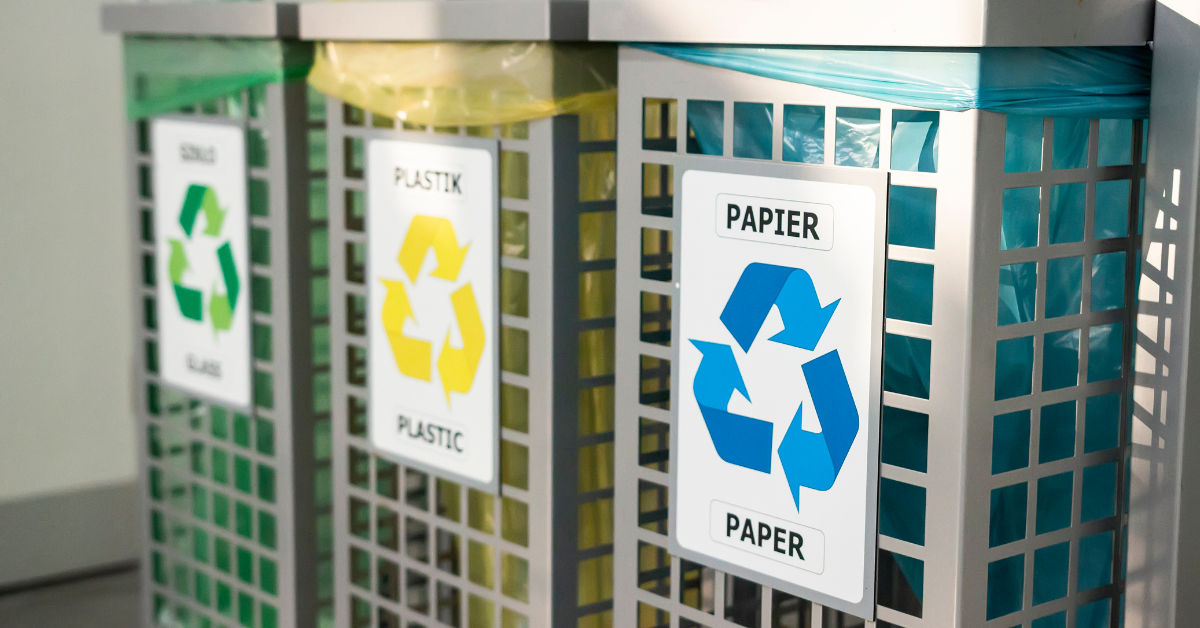The way we consume and manage waste has long been rooted in a linear model: take, make, and dispose. This approach has led to significant environmental challenges, including resource depletion, pollution, and overflowing landfills. The circular economy offers a transformative solution by redefining how we produce, use, and dispose of products.
In this guide, we’ll explore the principles of the circular economy, its environmental and economic benefits, and practical steps individuals can take to support this sustainable system.
What Is the Circular Economy?
The circular economy is an economic model designed to eliminate waste and keep resources in use for as long as possible. Unlike the traditional linear model, the circular economy focuses on reusing, repairing, recycling, and regenerating materials to create a closed-loop system.
Key Principles of the Circular Economy:
- Design for Longevity: Products are designed to last longer and be easily repaired or upgraded.
- Reuse and Repurpose: Materials are reused or repurposed rather than discarded.
- Recycling and Regeneration: Resources are continuously recycled to minimize waste and environmental impact.
Learn More: The Ellen MacArthur Foundation’s Circular Economy Overview

The Benefits of a Circular Economy
Adopting a circular economy provides numerous environmental, economic, and social benefits.
Environmental Benefits:
- Reduced Waste: Keeps materials out of landfills and prevents pollution.
- Conservation of Resources: Limits the extraction of finite natural resources.
- Lower Carbon Emissions: Minimizes the energy required to produce new materials.
Economic Benefits:
- Job Creation: New roles in recycling, remanufacturing, and sustainable design.
- Cost Savings: Durable products reduce the need for frequent replacements.
- Economic Resilience: Less dependence on imported raw materials.
Social Benefits:
- Improved Quality of Life: Cleaner environments and reduced waste.
- Community Engagement: Localized repair and recycling initiatives foster collaboration.
How Individuals Can Contribute to the Circular Economy
The transition to a circular economy requires participation from everyone. Here are actionable ways individuals can make a difference:
1. Rethink Consumption
Adopt mindful shopping habits by prioritizing quality over quantity. Choose products that are durable, repairable, and made with sustainable materials.
- Opt for second-hand items or refurbished electronics.
- Avoid single-use plastics and unnecessary packaging.
Explore Sustainable Shopping: Package Free Shop
2. Embrace the “Repair, Don’t Replace” Mentality
Repairing broken items instead of discarding them reduces waste and saves resources.
- Learn basic repair skills for common household items.
- Support local repair cafes or DIY workshops.
Find Repair Cafes Near You: Repair Cafe International

3. Support Circular Products and Brands
Many companies are embracing circular economy principles by offering take-back programs, recycled products, or services that extend the life of items.
- Buy from brands that design for durability and recyclability.
- Participate in trade-in programs or product refurbishing services.
Example: Patagonia’s Worn Wear Program
4. Practice Effective Recycling
Recycling is a cornerstone of the circular economy, but it must be done correctly to be effective.
- Familiarize yourself with local recycling guidelines.
- Separate recyclable materials properly to avoid contamination.
- Support initiatives that recycle hard-to-process materials, such as e-waste.
Learn Proper Recycling Practices: EPA Recycling Basics
5. Compost Organic Waste
Organic waste, like food scraps and yard debris, can be composted to regenerate soil health and reduce methane emissions in landfills.
- Start a compost bin at home or use a community composting program.
- Use finished compost to enrich your garden or potted plants.
Composting Tips: How to Start Composting at Home
Real-Life Examples of the Circular Economy
The circular economy is already being implemented by forward-thinking companies and communities around the world.
1. IKEA: Circular Furniture Initiative
IKEA offers a furniture buy-back program where customers can return used furniture for resale or recycling.
2. Loop: Refillable Packaging
Loop partners with major brands to provide reusable containers for everyday products, reducing single-use packaging waste.
3. Terracycle: Recycling Uncommon Materials
Terracycle specializes in recycling difficult-to-recycle items like toothbrushes, chip bags, and coffee pods.
Learn More: Terracycle’s Recycling Programs

Overcoming Challenges in the Circular Economy
Transitioning to a circular economy is not without obstacles. Addressing these challenges will require collaboration across industries, governments, and communities.
Common Challenges:
- Limited Infrastructure: Many regions lack adequate facilities for recycling or composting.
- Consumer Awareness: Educating people about the benefits and practices of the circular economy is essential.
- Economic Barriers: Initial costs for circular product designs can be higher, deterring adoption.
The Future of the Circular Economy
The circular economy represents a fundamental shift in how we think about consumption and waste. As more businesses, governments, and individuals adopt circular practices, we can expect to see:
- Innovative Materials: Development of biodegradable and endlessly recyclable materials.
- Policy Changes: Governments implementing regulations that promote circular practices.
- Global Collaboration: Countries working together to reduce waste and conserve resources.
Final Thoughts
The circular economy offers a sustainable alternative to the traditional take-make-dispose model. By keeping materials in use and prioritizing reuse, repair, and recycling, we can reduce environmental harm and build a more resilient economy. Whether through mindful shopping, repairing old items, or supporting sustainable brands, everyone can play a role in this transformative system.























